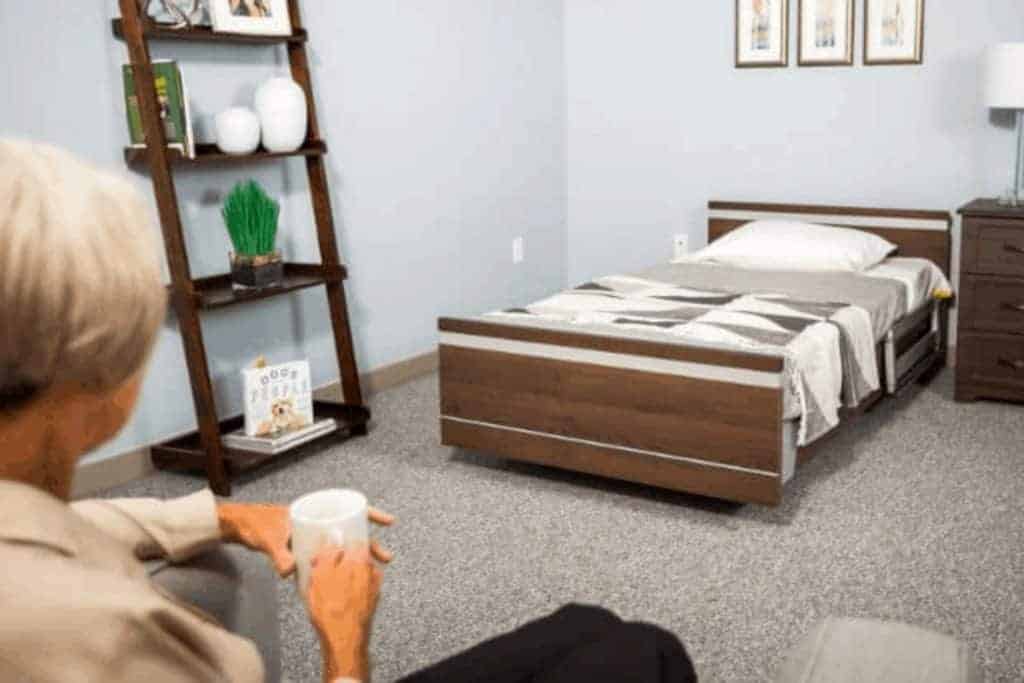

Hospital Beds
How Can Hospital Beds Help With Diabetic Conditions?
SonderCare Learning Center

SonderCare Learning Center
How Can Hospital Beds Help With Diabetic Conditions? Many of the common issues bedridden patients face become worse if they also have diabetes. Bedsores, rest, and mobility become difficult when this disease impacts a patient’s ability to heal and care for themselves. How can hospital beds help patients manage diabetic conditions?
Many patients experience bedsores, also known as pressure injuries, pressure sores, pressure ulcers, or decubitus ulcers, as common diabetes complications. Bedsores are open wounds on the skin that develop when blood can’t reach a person’s skin; it can take as little as two to three hours. While many patients find these injuries heal quickly after being cleaned and dressed, diabetic conditions make it so that bedsores can take days, months, or even years to fully heal.
In these cases, a high-quality hospital bed mattress is a must. These pressure-relieving mattresses have higher density foam to prevent sores from developing or getting worse. The soft overlays help reduce the risk of pressure ulcers by distributing pressure.
The bedframes also make it easy for patients to turn themselves or have a caregiver turn them in bed. By providing better elevation and support to specific areas of the body, an electric hospital bed may improve the patient’s blood circulation, which, in turn, may improve the healing process in those with diabetes.
Compared to tending to sores on a non-diabetic patient, diabetic wound care can take much longer. Patients with diabetic conditions may need more intensive care and closer monitoring than other patients. With features that reduce the risk of contamination and increase patient comfort, managing wound care in the long term is much easier.
If a patient with diabetes suffers from an open sore – it could be something as small as a cut – they must handle it immediately. They or a caregiver must cleanse the affected area regularly, dry it thoroughly after washing, and apply an antibiotic ointment to keep the sore germ-free. These steps can be hard in a conventional or adjustable bed, but hospital beds and mattresses make them easier to follow. The materials allow air to circulate while repelling water and other fluids.
Hospital beds make wound dressing easy for the caregiver, too. The nurse can raise or lower the height of the bed to their ideal working position, minimizing the risk of strain injuries. These advanced safety measures can make a big difference for in-home patients who want in-home medical care while reducing the likelihood of a hospital visit.
Patients contending with diabetes on top of their other medical conditions can still live independently, and hospital beds may help mitigate many of the risk factors. Rather than relying on a caregiver to move them multiple times a day, the user can move with ease with only the touch of a button. While being confined to a bed is not ideal, a degree of independence is always helpful, and it becomes easier when they can use an electric adjustable hospital bed.
Whether it’s changing positions, sitting up, or elevating certain parts of the body, a patient can better achieve all these with a hospital bed. In-home care beds accommodate add-ons like trapeze helper bars, side rails, and overbed tables to make adjusting, eating, and taking medications less challenging.
Most adults need at least seven to nine hours of sleep a night. You might know how getting too little sleep can affect your mood. For those with diabetes, though, a lack of quality rest can raise blood glucose levels. Inconsistent sleep puts stress on the body, increasing cortisol levels which, in turn, takes blood sugar levels out of the patient’s target range. It’s not just a short-term issue – a lack of sleep will have a long-term negative impact on one’s diabetic condition.
It’s critical for those with diabetes to get the right amount of sleep. Patients may find that they have an easier time controlling blood sugar, are more alert during the day, have more energy, and have an overall better mindset for monitoring and managing their diabetes after getting enough rest. Hospital beds provide a comfortable spot where people with diabetes can adjust to their unique sleeping specifications.
A high-quality hospital bed mattress is essential. Higher density foam is used in these pressure-reducing mattresses to prevent or treat pressure sores. By distributing pressure, the soft overlays help reduce the risk of pressure ulcers. In addition to the easy manipulation of the electric bedframes, patients can also have their caregivers turn them in bed.
It has been shown that for family members or caregivers adjustable frames make it much easier to dress wounds in hospital beds. As the bed height can be adjusted to the nurse’s ideal working position, strain injuries are minimized.
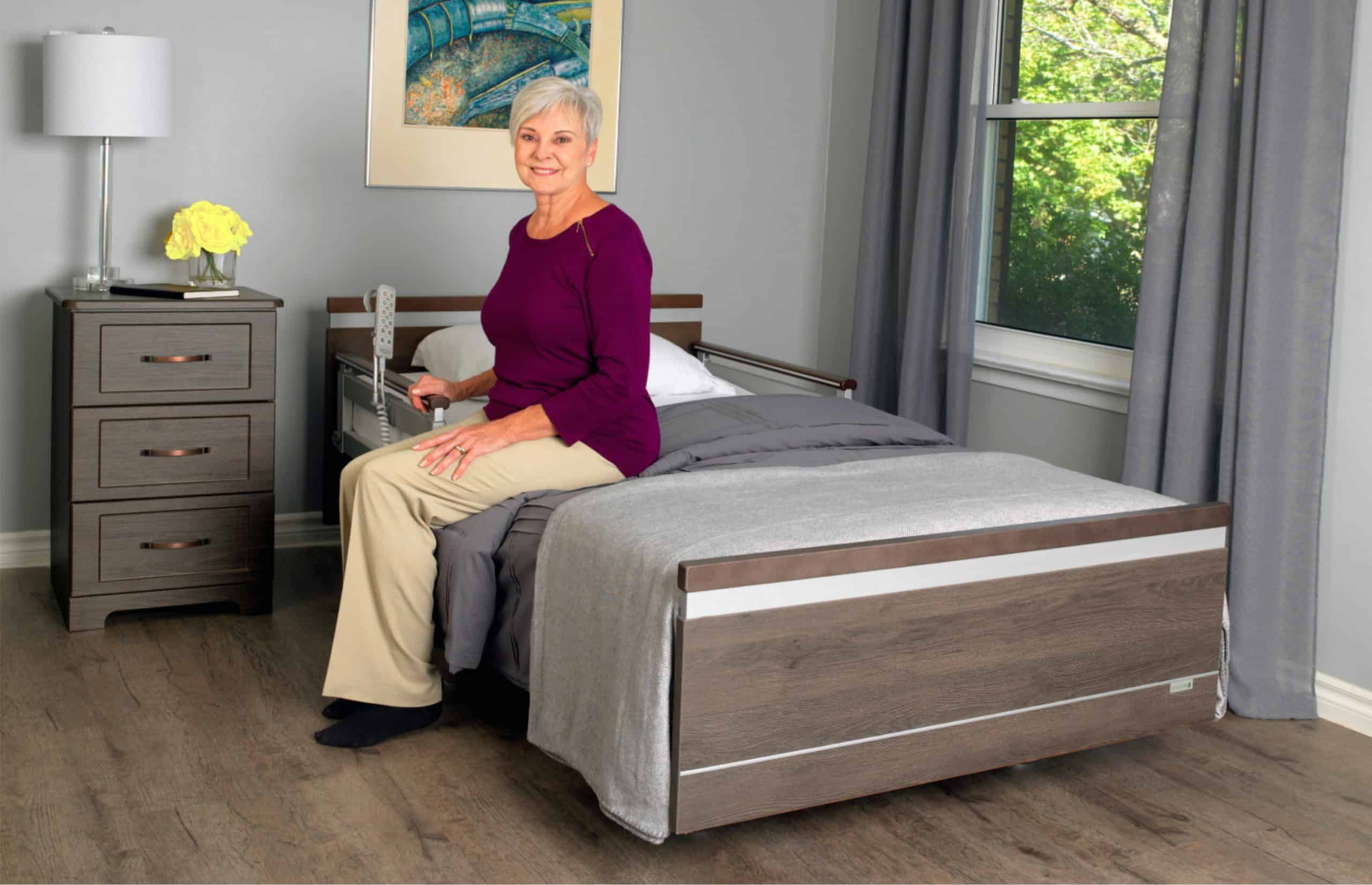
The SonderCare™ Bed is like nothing else on the market today. Designed to conform to the latest international standards, this product provides you with a sense of safety, comfort, and greater independence than standard flat or adjustable beds.
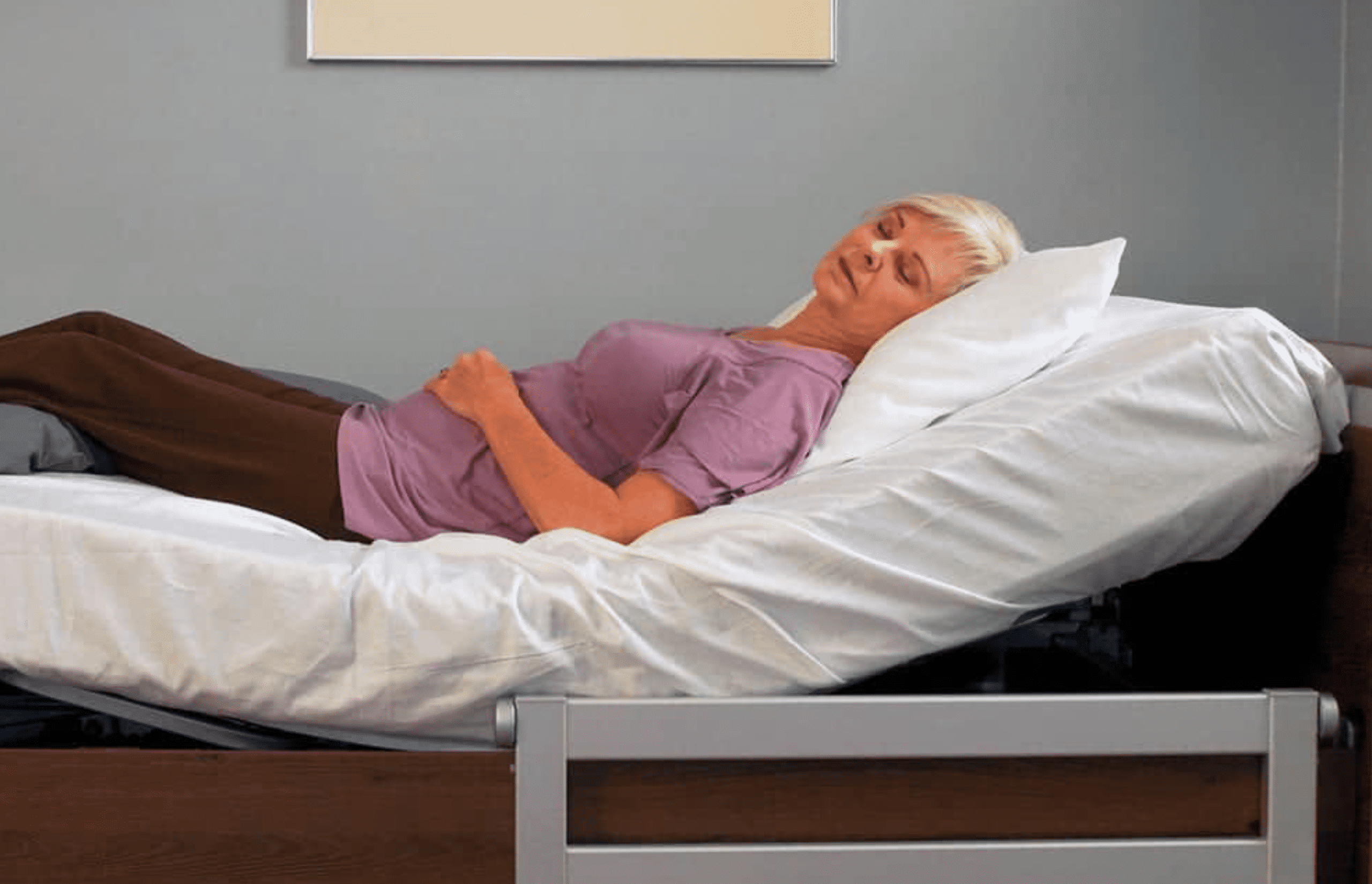
SonderCare offers the Comfort™ and Dream™ pressure reducing mattresses that provide exceptional comfort, support and durability for health care communities and home care settings.
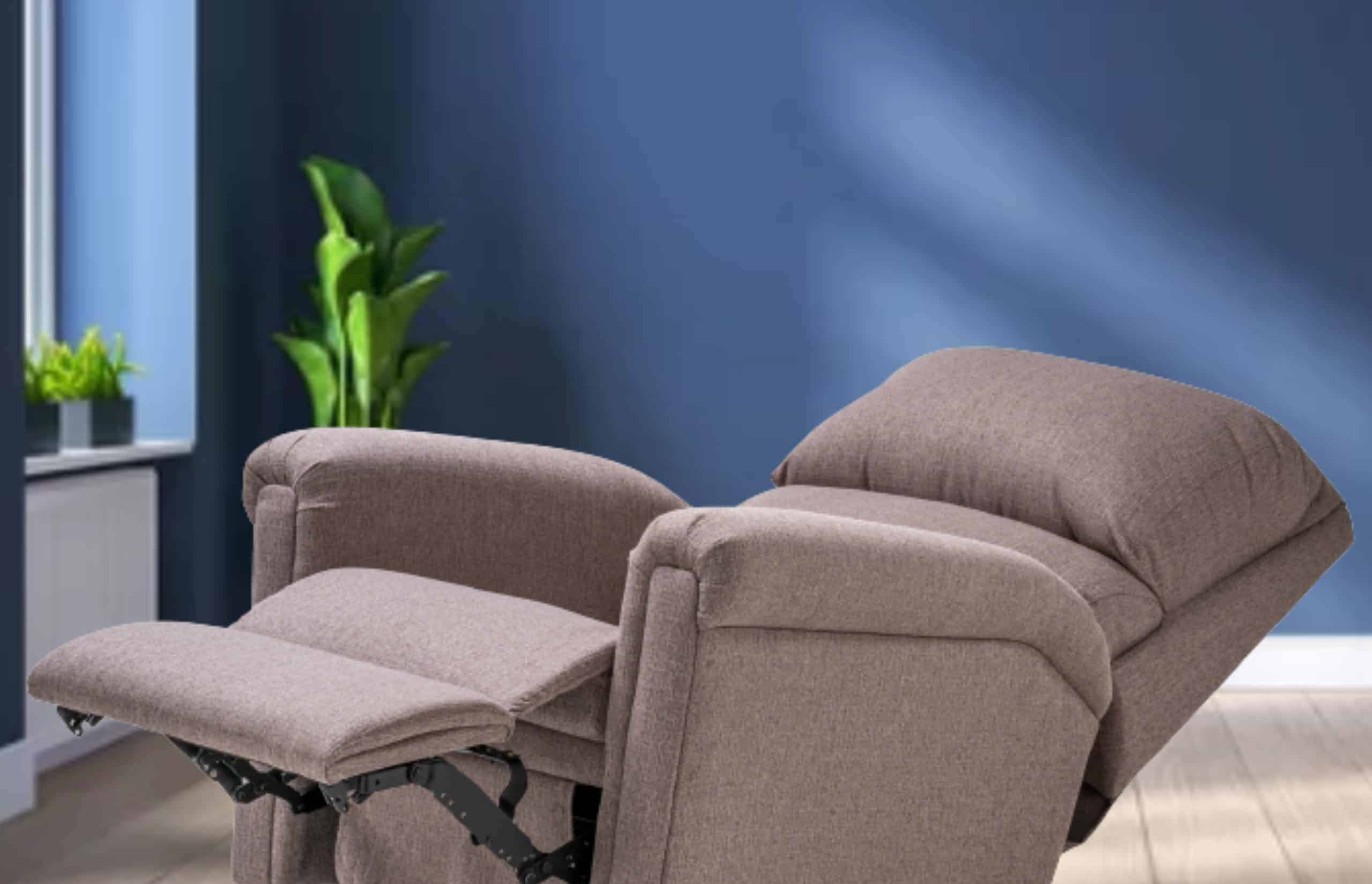
SonderCare’s fully-electric Rise & Recline Chair supports users in shifting from a sitting position, to fully reclining flat and then boosting up to standing when desired – this chair helps support comfort as well as safe mobility.

SonderCare’s fully-electric Rise & Recline Chair supports users in shifting from a sitting position, to fully reclining flat and then boosting up to standing when desired – this chair helps support comfort as well as safe mobility.
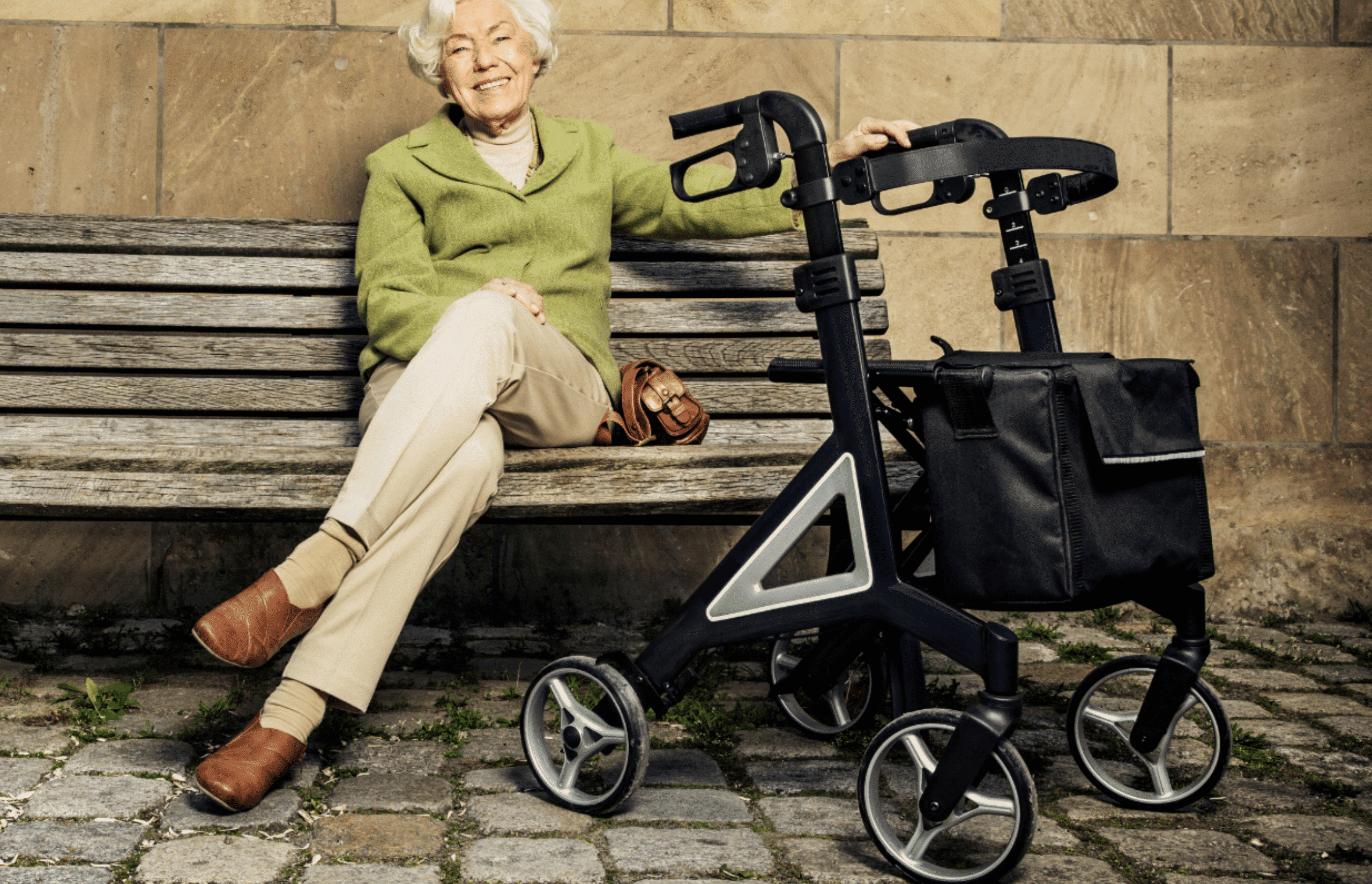
SonderCare premium rollators are the ultimate lightweight, ultra-stable rollators to keep you secure and comfortable in any setting. The Ultralight Carbon and the rugged Aluminum models are both ergonomically designed and adjustable to suit the needs of every user.
Start Your Hospital Beds Inventory With SonderCare
Are you recently discharged from hospital, experiencing mobility issues, or in need of palliative or senior care? Enjoy a smoother recovery and get the luxury you deserve by choosing our home hospital products. Contact us today to discuss home hospital beds, mattresses, stand assist chairs and other accessories to make your home hospice perfect for a truly comfortable experience.
Are you looking for the most recent articles on buying Hospital Beds? Browse our latest resources below and let us know if you have any questions. We’re here to support you as you embark on your road to home medical care.
Seeking The Best Care For Your Loved One?
Browse North America's Luxury
Hospital Beds
Inventory